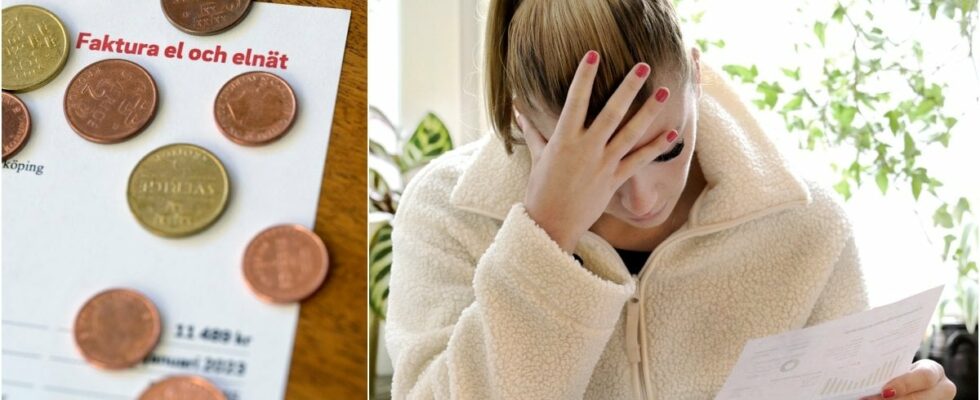With just over a month left until the system goes live, so-called flow-based capacity calculation, critics continue to try to make their voices heard. They do not understand why Svenska kraftnät is pushing so hard on a system that no one in the electricity market seems to want.
— It is remarkable that both producers and consumers are negative about this, says Jan Rönnbackenergy market expert at energy company Fortum.
Who are the winners then?
— Pure crunch means that the model can transmit more electricity. This means that you can export even more to the continent. It is somewhere south of the Nordic region that you can look for the biggest winners, says Rönnback, who also sees a more nearby winner.
— Norway has a certain advantage. You get paid better for your hydropower. You can use the Swedish trunk network more efficiently. You have a very weak network in Norway. And this gives access to more transmission capacity via Sweden.
READ MORE:
Setback for homeowners: It applies from 2025
The Swedish Tax Agency’s request: They must apply no later than September 26
Test drive
For a few years, Svenska kraftnät has been running the new proposed system in parallel with the current one to see what, among other things, the price consequences will be. More expensive in northern Sweden and in electricity area 3, which includes Svealand and northern Götaland, the test runs show. However, it should be somewhat cheaper further south.
But just like several other critics who have analyzed Svenska kraftnät’s models, Rönnback does not buy that analysis. Sure, somewhat cheaper, occasionally during the summer when electricity consumption is low it can be, but considerably more expensive when the electricity system is put to the test.
During a few cold winter days last winter, electricity sometimes cost around three kroner/kwh in southern Sweden.
— But in flowbased, in this parallel run, it was eight, says Rönnback.
Svenska kraftnät, which together with its counterparts in the Nordic countries is behind the new model, defends the decision by saying that electricity transmission will be more efficient and that Europe as a whole will emerge as a winner. But perhaps not always Sweden, the authority has previously admitted to TT.
DON’T MISS: Crazy million rain over OKQ8’s CEO – draws monster salary
Imports higher price
Certainly, more electricity will be able to be transported in the same lines, according to Rönnback. But:
— As transmission capacity is increased, even higher prices will be imported from other countries.
Another bad aspect of the new system is that it will be more difficult to predict prices on the electricity market. It will make it more difficult to manage the water in the power dams, according to Rönnback.
DON’T MISS: That’s how little pensioners get in the new budget – the biggest losers
